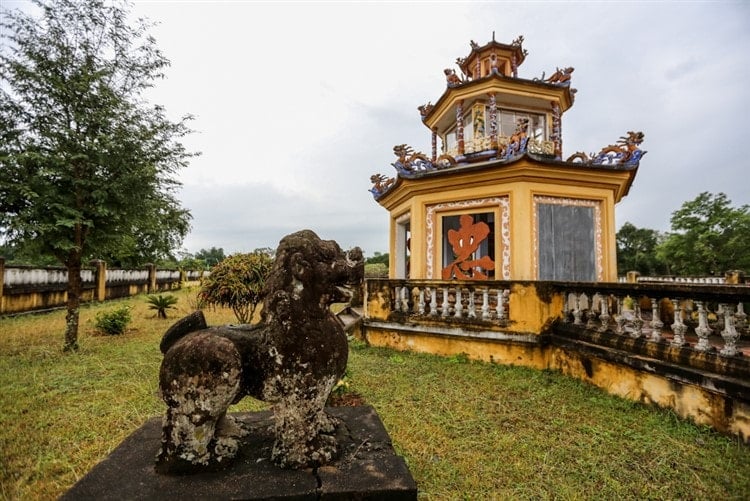
The name of the Imperial Citadel originated from the Tay Son Dynasty, when the Nguyen Van Nhac brothers occupied and renovated the old citadel to make it the capital, calling themselves the Imperial Citadel. The name of the old citadel written in Chinese is 闍槃, translated into the national language as Do Ban or Cha Ban.
Do Ban is known through poems in the collection Dieu Tan (1937) by Che Lan Vien: Do Ban citadel also ceases to sob/ In the mysterious mist, listen attentively (Waiting for the Cham woman) as well as through later literary and artistic works.
However, according to Hoang Xuan Han, Do Ban was a mistake of Cha Ban. “Thanh Phat The, the capital of Champa at that time, was located in the territory of Binh Dinh province today. The Cham name was Vijaya; later it was called Cha Ban, we often mistakenly wrote it as Do Ban”.
Checking the Chinese versions of the books Dai Viet Su Ky Toan Thu, Phu Bien Tap Luc, Dong Khanh Dia Du Chi, Dai Nam Nhat Thong Chi, they all found the name of this city written the same, with the same Chinese character 闍槃. Only when translated into Vietnamese did the difference appear: Cha Ban and Do Ban.
There are two ways to pronounce the word 闍. Modern Chinese dictionaries record the pronunciation as /dū/ or /shé/. In Sino-Vietnamese reading, the word 闍 is read as /đố/ with the meaning of the platform on the city gate, and is read as /xà/ or /chà/ when used to transcribe Sanskrit, such as transcribing Sanskrit ācārya into Chinese as 阿闍梨, read as a-xà-lê (teacher of Buddhism).

Hoang Xuan Han's comments are also consistent with the writings of French scholars in the early 20th century. In Louis Finot's research (1904), when referring to the "major provinces" of Champa, the author noted about Vijaya as follows: "Vijaya corresponds probably to the province of Binh-dinh, and the city with this name is certainly Cha-ban" (Vijaya probably corresponds to the province of Binh Dinh, and the city with this name is certainly Cha-ban).
French scholars must have read historical documents in Chinese characters with the word 闍槃, but when written in Latin, they wrote "Cha-ban" and not "Do ban" like Vietnamese translators.
Perhaps at the beginning of the 20th century, in the local language, the name “Cha ban” could still be heard, a shortened form of the name Vijaya (appearing in Champa inscriptions before the 15th century, referring to a land of Champa, corresponding to present-day Binh Dinh). “Vijaya” was shortened to “Jaya”, pronounced /chà-ya/ and gradually changed to “chà ban” in 20th-century Vietnamese.
Currently, the archaeological sector has discovered in Binh Dinh at least two locations with traces of ancient Champa citadels, both located in the present-day An Nhon town. In addition to the current relic called Hoang De citadel, located in Nhon Hau commune (north of Con river), there is also a relic called Cha citadel, located in Nhon Loc commune (south of Con river).
We think that these two citadels were built and used at different periods in Champa history. Determining the specific time of use of each citadel location requires more data; but these citadels have been understood as “Cha Ban citadel” in the sense of the citadel of the Cha Ban (Vijaya) region in general.
Source: https://baoquangnam.vn/tim-hieu-danh-xung-do-ban-cha-ban-3143357.html


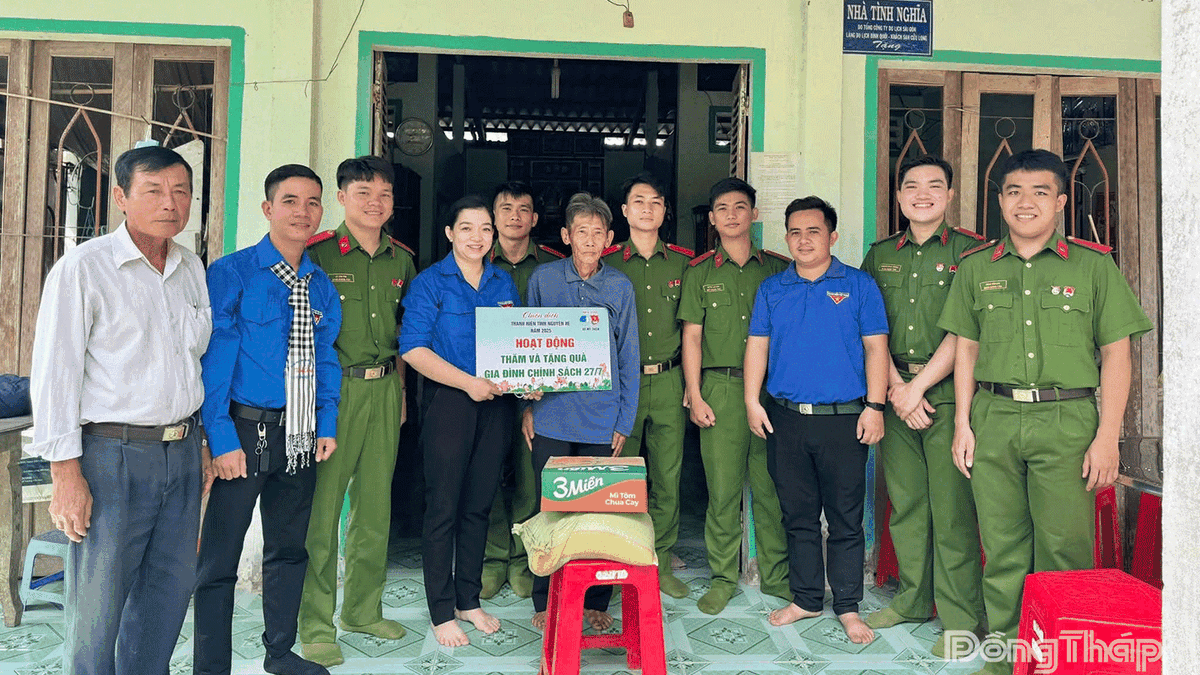
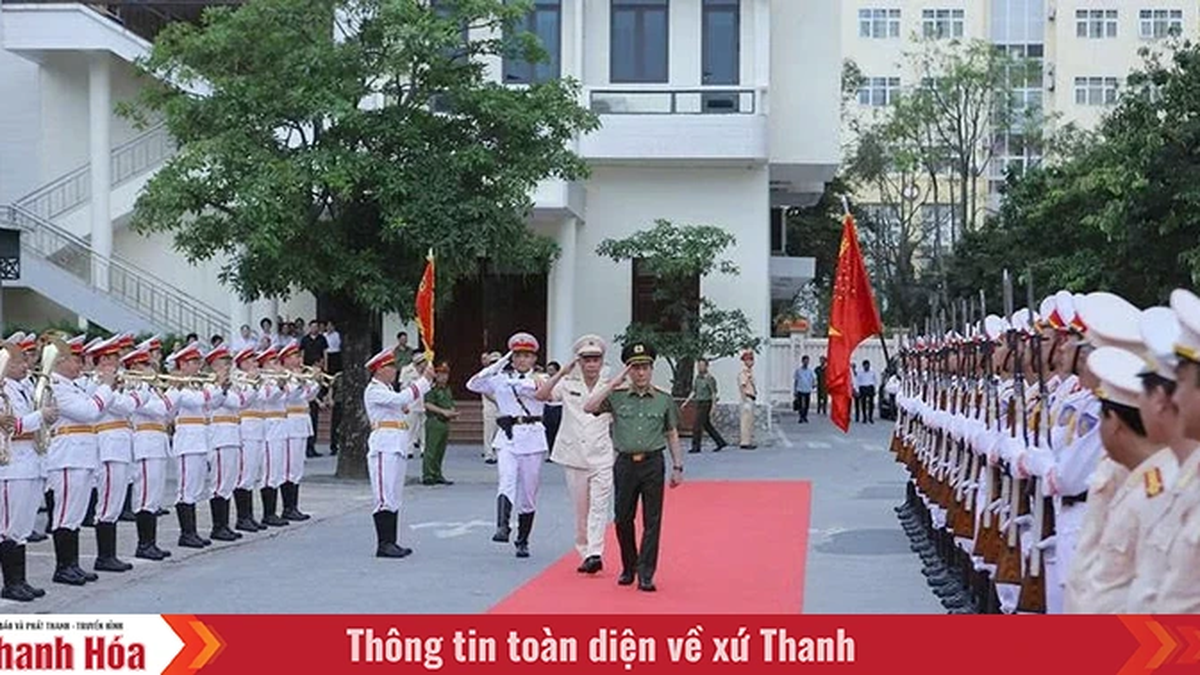




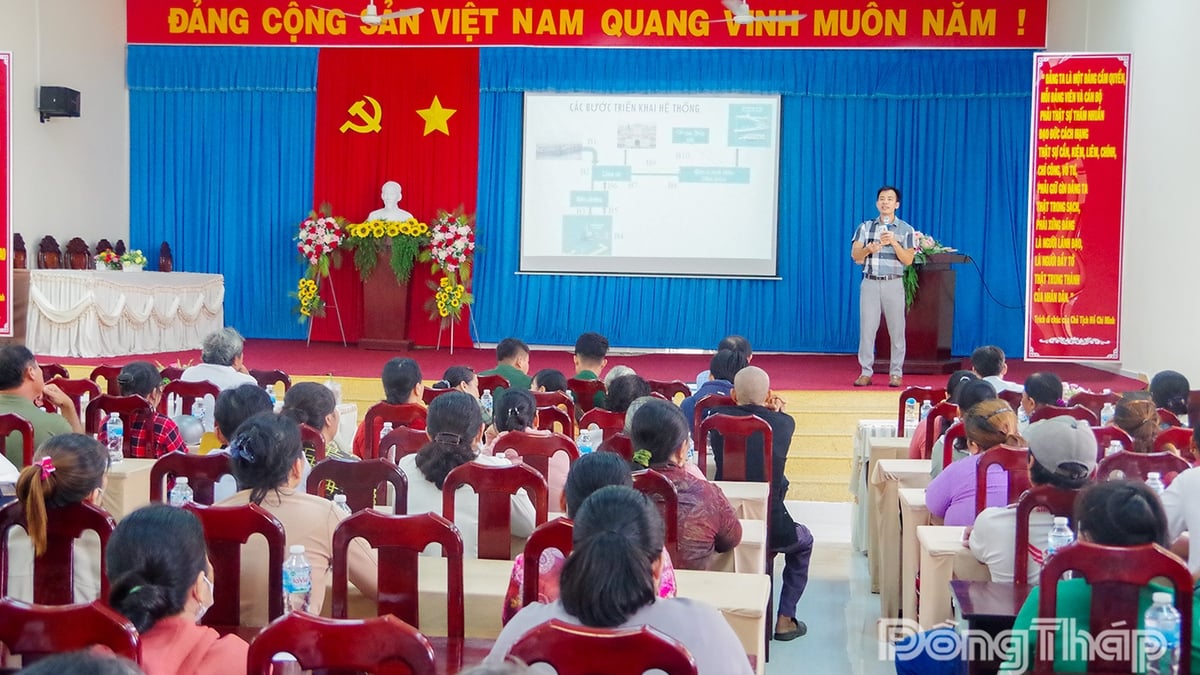
















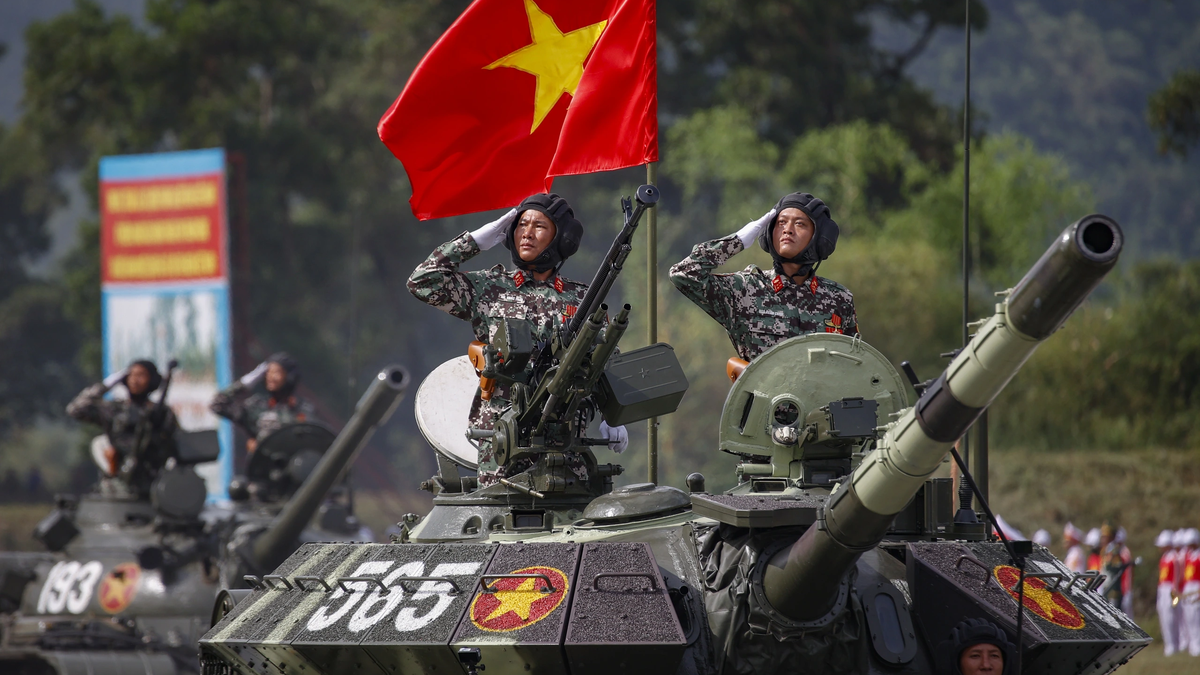
![[Photo] Nghe An: Provincial Road 543D seriously eroded due to floods](https://vphoto.vietnam.vn/thumb/1200x675/vietnam/resource/IMAGE/2025/8/5/5759d3837c26428799f6d929fa274493)

![[Photo] Discover the "wonder" under the sea of Gia Lai](https://vphoto.vietnam.vn/thumb/1200x675/vietnam/resource/IMAGE/2025/8/6/befd4a58bb1245419e86ebe353525f97)




































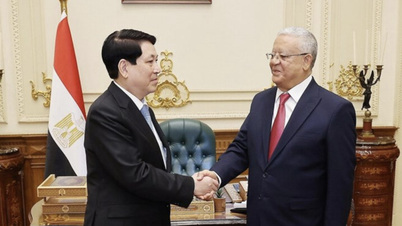



























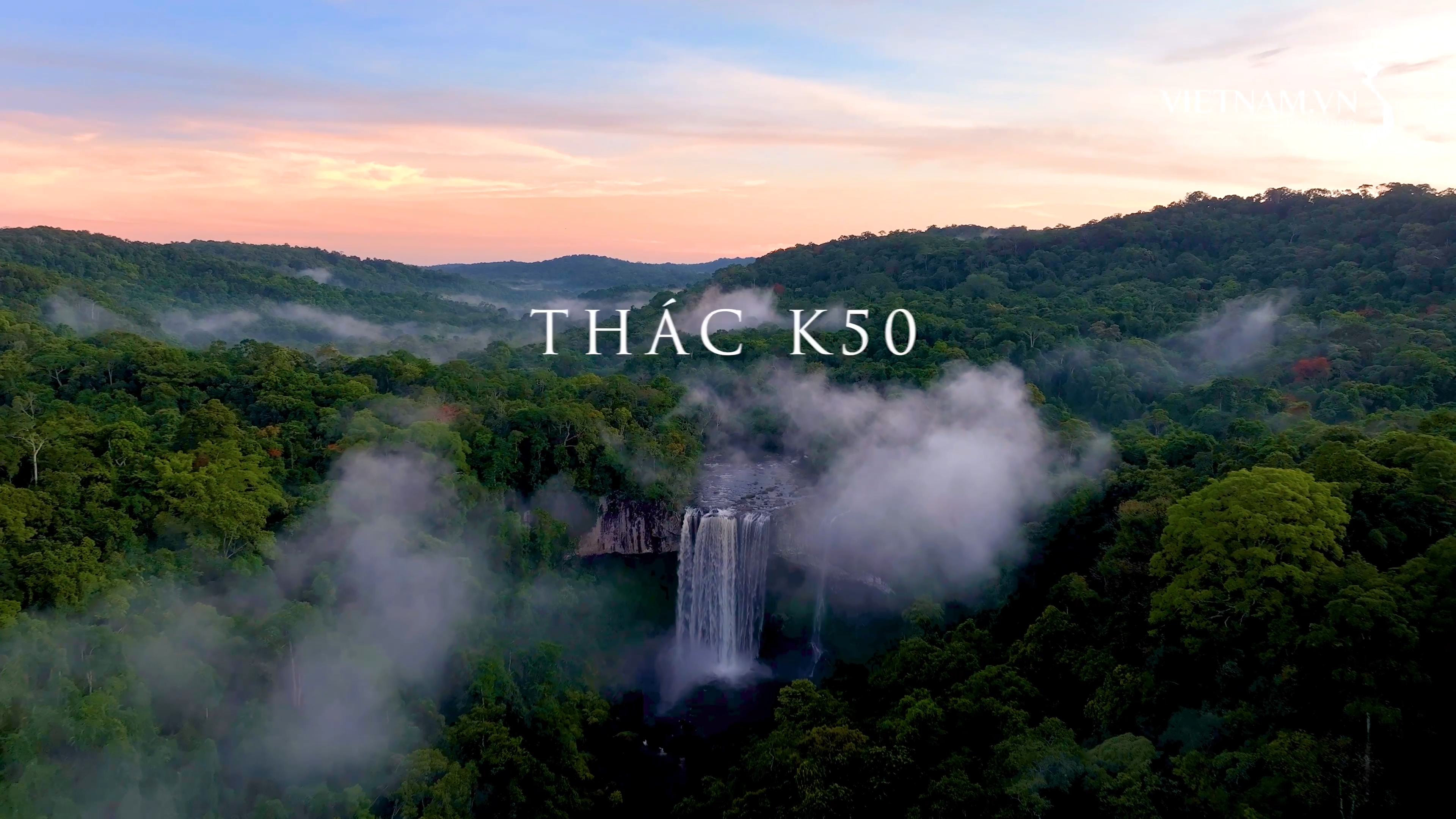

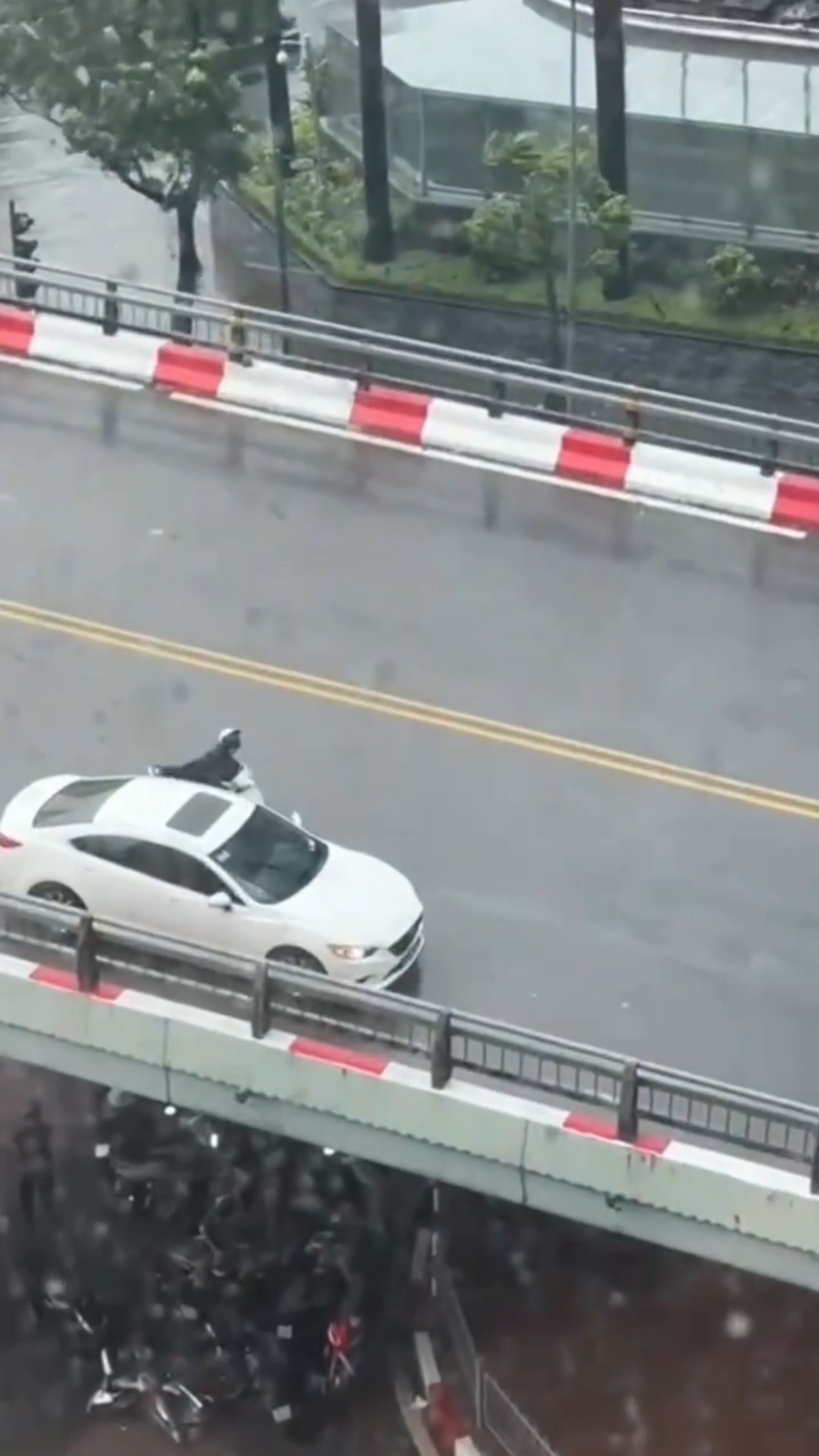

Comment (0)